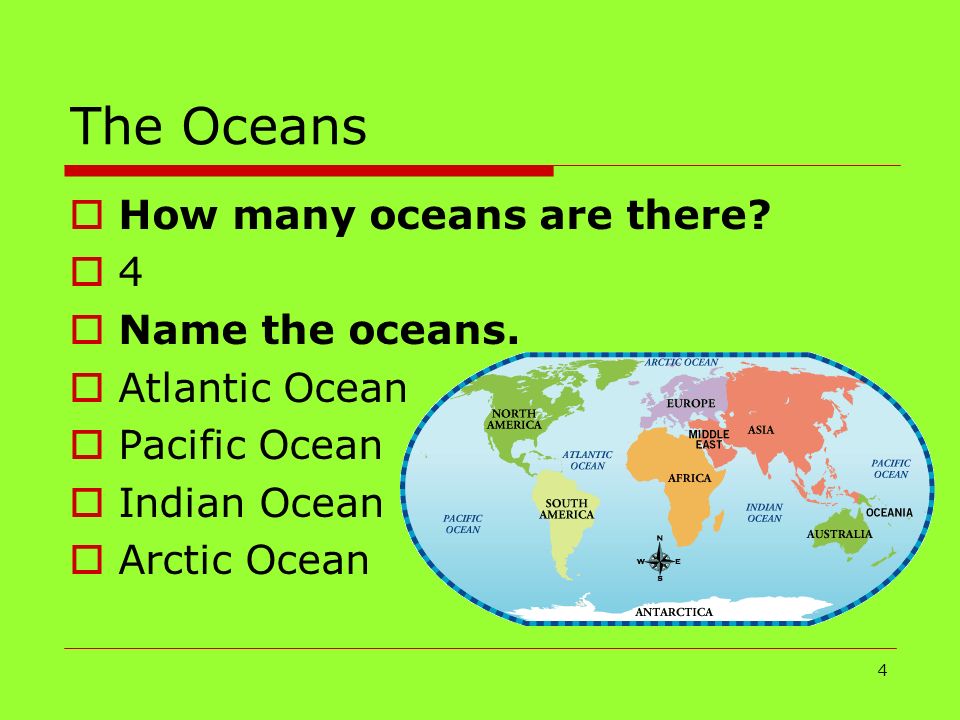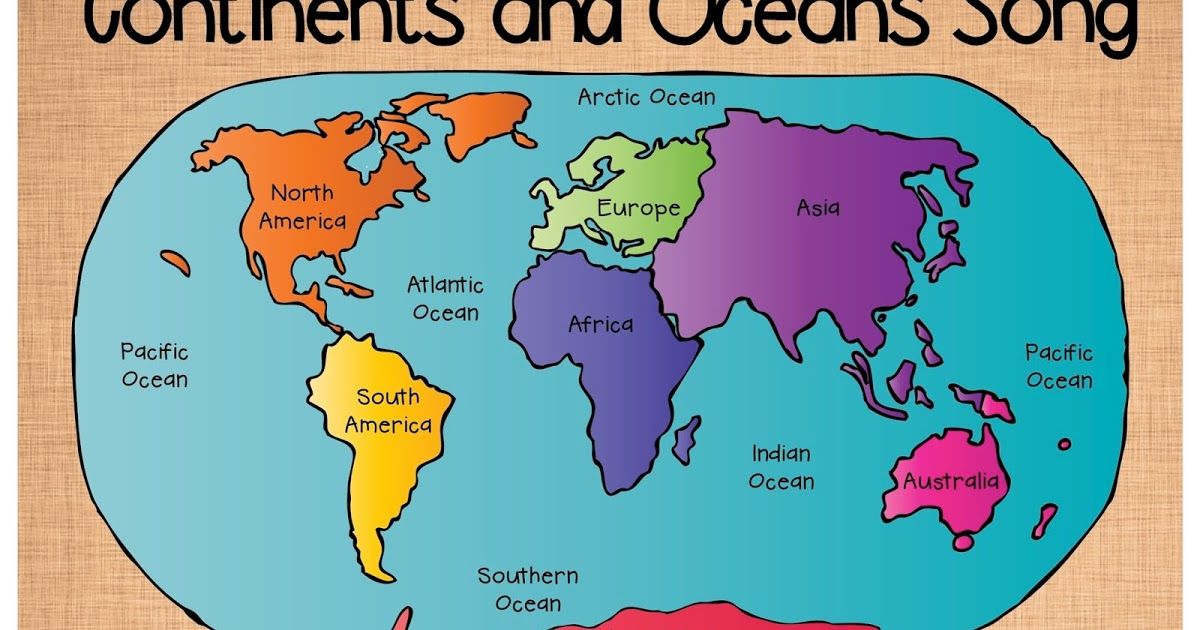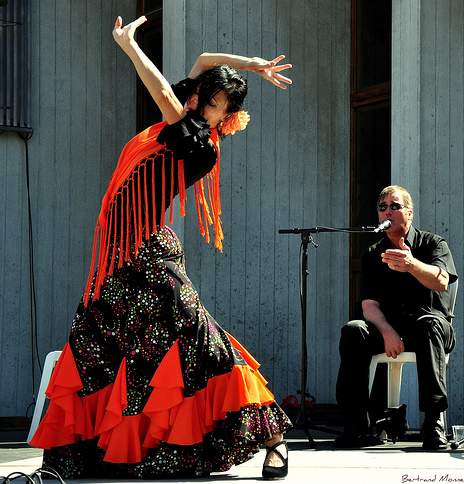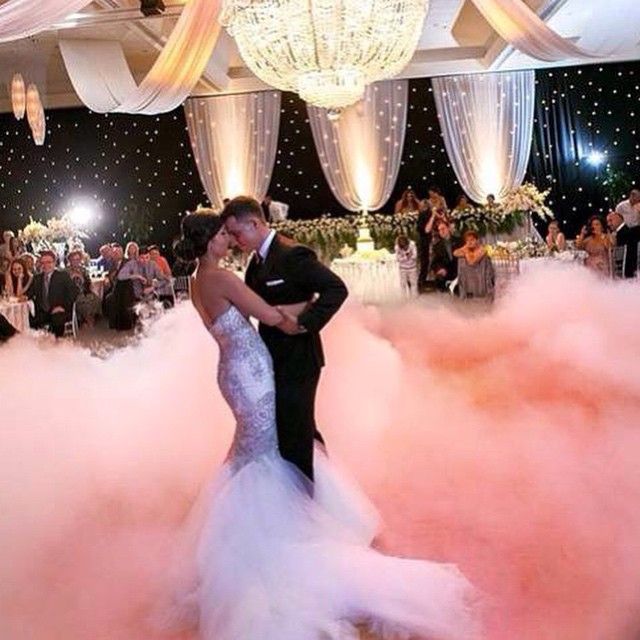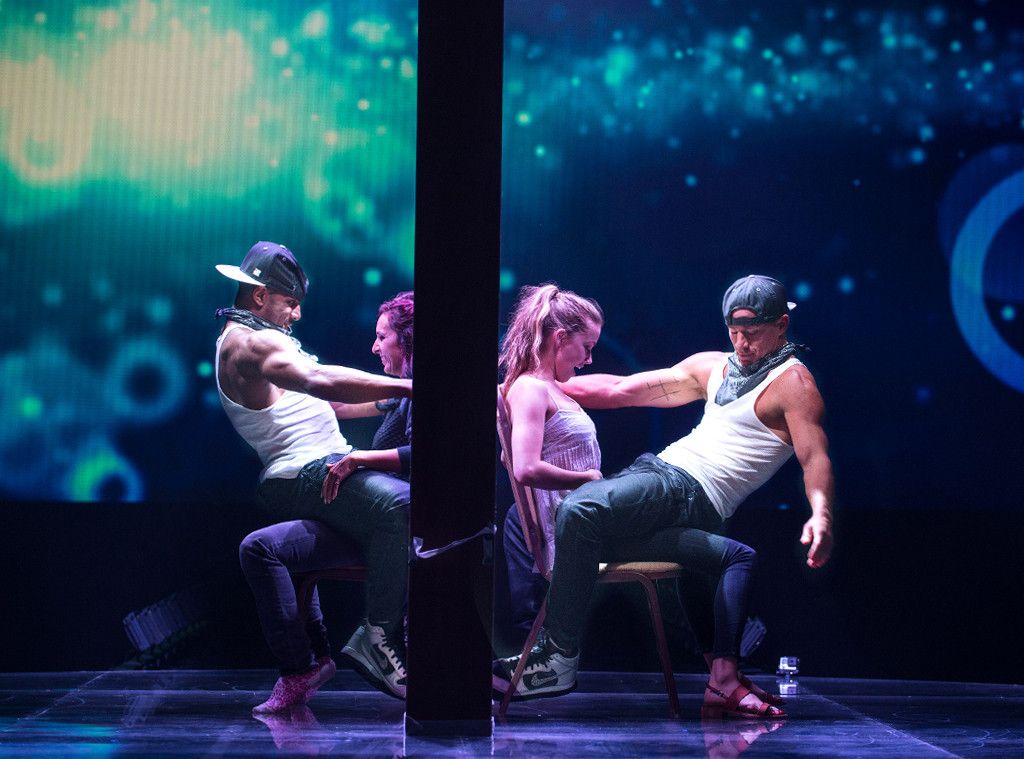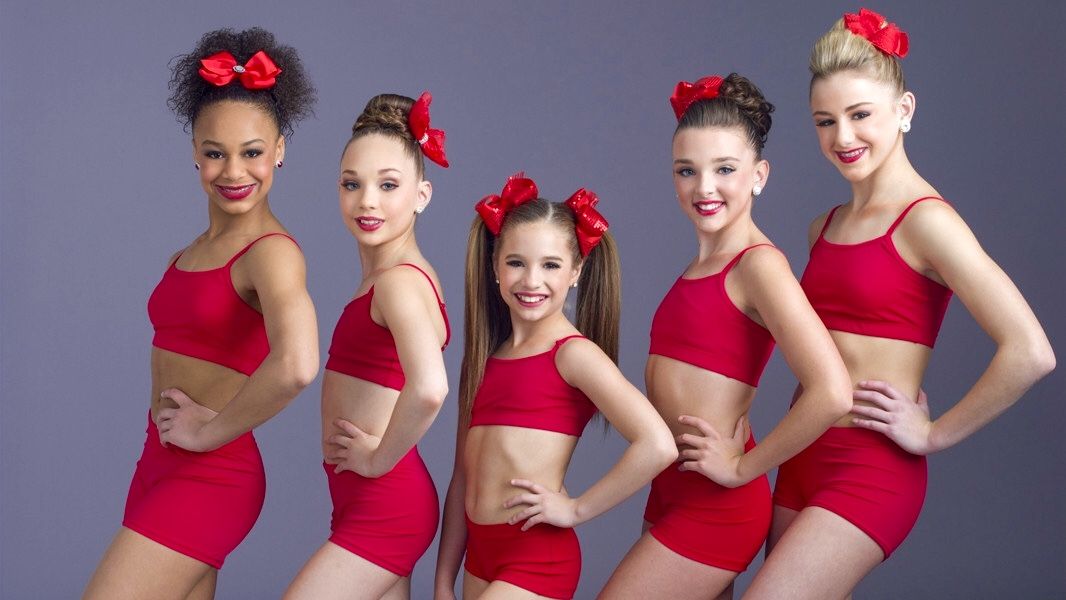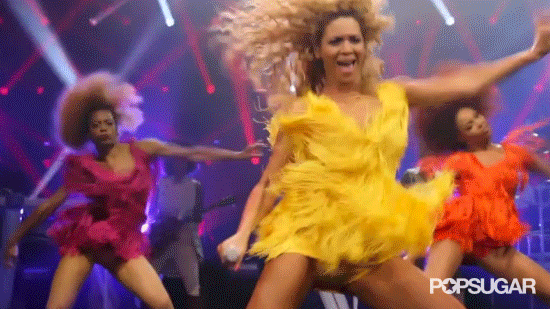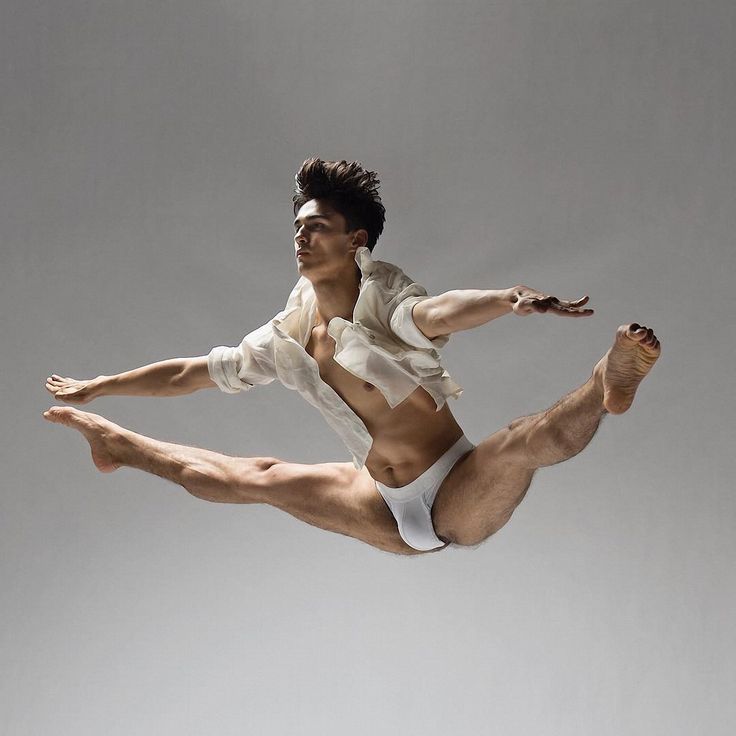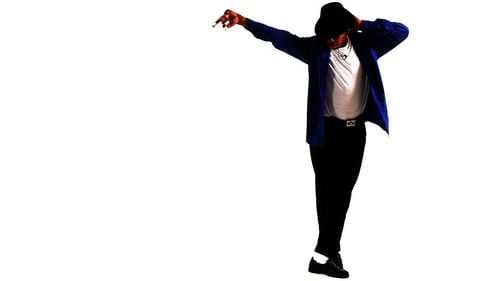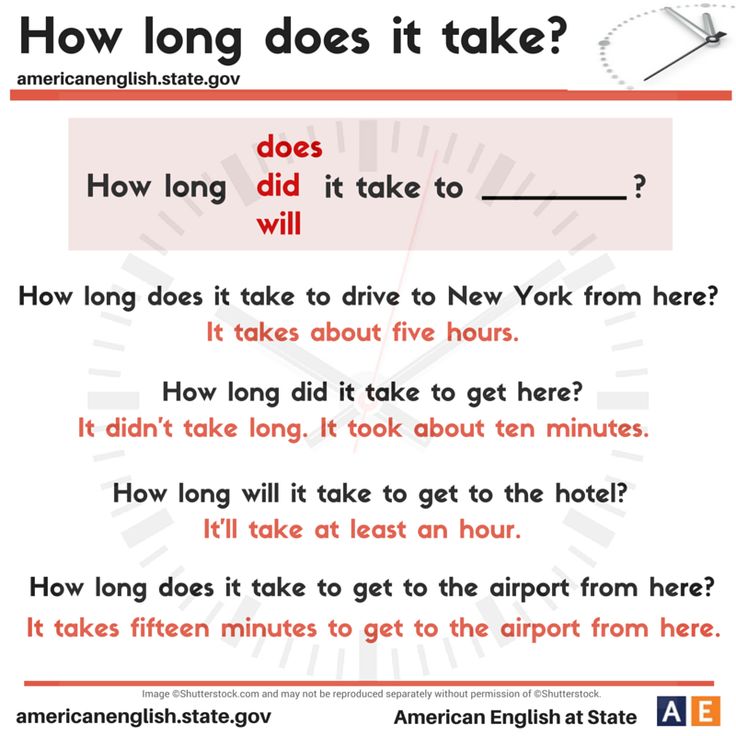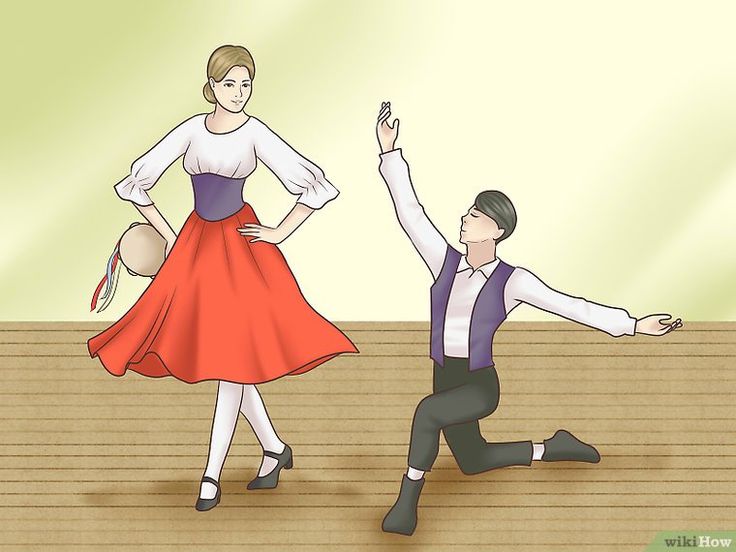How many dances are there in india
15 Dances of India | Classical Dance Forms of India & States
India has many dances, coming from every state in the country, although there are only six forms of the classical dances recognised by India on a national level. They are Bharatnatyam, Kathak, Kathakali, Manipuri, Kuchipudi, and Odissi. The folk dances of India are much more than mere body movements, from the very ancient times the classical dance forms of India is considered as a discipline and a way to devote yourself to God through art.
Here are the 15 dance forms of India:
1. Bharatnatyam
Tamil Nadu, South India
SourcePerformed on the celestial tunes of the Carnatic music, Bharatnatyam comes from the state of Tamil Nadu in South. The origins of Bharatnatyam can be traced back to 1000 BC, and it originates from the ancient temples of Tamil Nadu performed by the women of the classical period. The dance form is known for its beautiful body movements and gestures which are called Mudras in the traditional language. It focuses on the hand gestures, leg movement and the facial expressions of the dancer. This dance form was very prevalent before the British era but was profoundly depressed during the colonial period. However, India kept the dance form alive in the houses, and today it is recognised as one of the most respectable art forms in India especially in the Southern region of the country where it is a moment of pride for the women of the house to learn the classical dance form of Bharatnatyam.
2. Kathak
Uttar Pradesh, North India
SourceComing from the northern part of the country from the state of Uttar Pradesh, Kathak comes from the word 'Katha' which means "story" in Hindi. It isn't a very smart guess for one to make that Kathak is performed in the form of storytelling through the body movements used by the dancer.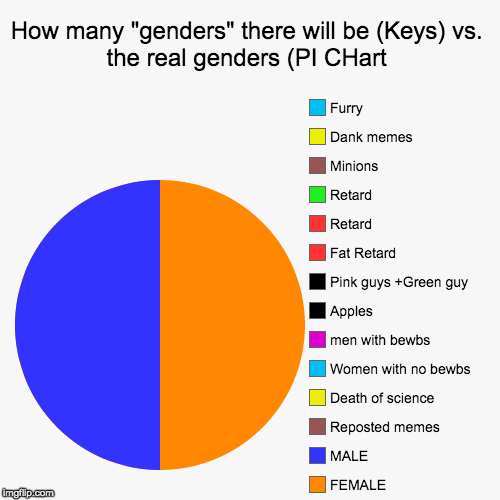 Kathak is often referred to as the dance of love, and it can be performed by both by the male and female dancer together. This dance form focuses highly on the ankle movements complemented by the ankle that has to match the beats of the music. Ankle bells or gunghroos as they are called in the traditional language is an important part of the discipline of this dance form. Various distinctions can be witnessed in this dance forms as it is performed in various places in the country which includes Jaipur, Benaras, and Lucknow.
Kathak is often referred to as the dance of love, and it can be performed by both by the male and female dancer together. This dance form focuses highly on the ankle movements complemented by the ankle that has to match the beats of the music. Ankle bells or gunghroos as they are called in the traditional language is an important part of the discipline of this dance form. Various distinctions can be witnessed in this dance forms as it is performed in various places in the country which includes Jaipur, Benaras, and Lucknow.
3. Kathakali
Kerala, South India
SourceKathakali is another traditional dance form of India which relates to the storytelling. Kathakali translates to the 'storyteller' in the country's language. Coming from the Southern region of the country from Kerala, Kathakali is one of the most renowned and religious dances forms of India. It originates from the tales of Ramayana and Shiva stories.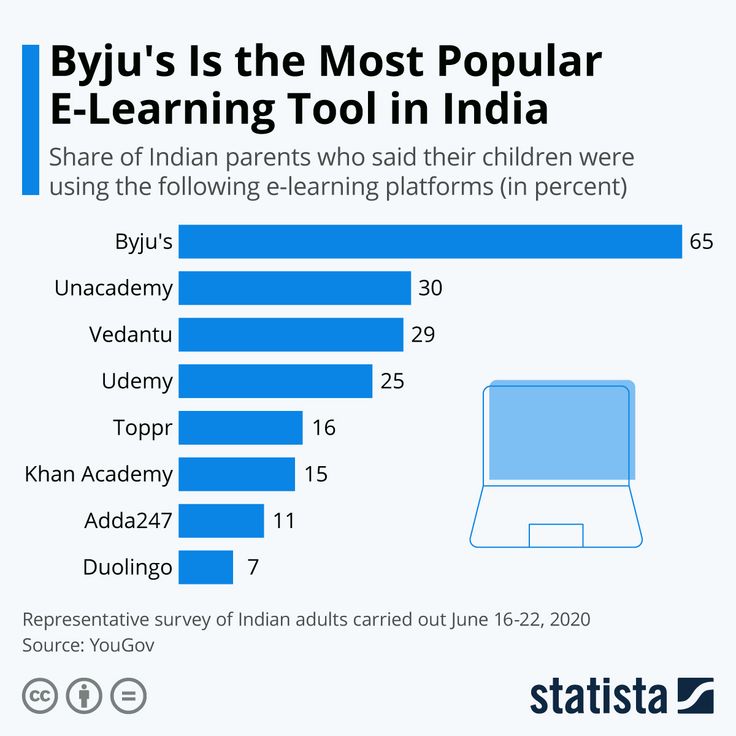 Kathakali includes the intriguing face movements and the heavy costumes which include the traditional face masks and body paints (generally green). The music which includes only the vocals is called Soppanam. The storytelling of the epic Hindu mythology tales depicting both evil and good is shown through the conversation between the dancers only through their body gestures and facial expressions. Simply fascinating to watch!
Kathakali includes the intriguing face movements and the heavy costumes which include the traditional face masks and body paints (generally green). The music which includes only the vocals is called Soppanam. The storytelling of the epic Hindu mythology tales depicting both evil and good is shown through the conversation between the dancers only through their body gestures and facial expressions. Simply fascinating to watch!
4. Manipuri
Manipur, North East India
SourceAs you stroll towards the North-east India which is brimming with the rich tradition and their unique culture, Manipuri comes as an important symbol to represent the state of Manipur from the region. This dance form is performed to narrate the romantic relationship between the Hindu gods Radha and Krishna, which is famously known as RaasLeela. This art form is performed in a team with the traditional Manipuri costumes and makeup to narrate the tale of the two gods. The dance is performed on the narrative chanting and the music created by the Indian classical instruments.
The dance is performed on the narrative chanting and the music created by the Indian classical instruments.
5. Kuchipudi
Andhra Pradesh
SourceBelonging to the Andhra Pradesh, Kuchipudi is probably the toughest form of classical dance in India. Kuchipudi is not just considered as the dance but a whole religious procedure dedicated to God which includes certain rituals such as sprinkling the holy water, burning the incense sticks and praying to God. Kuchipudi includes both singing and dancing by the performer which is why it requires both the skill and much more dedication than any other art forms in India. In the earlier period, Kuchipudi was only performed by the male dancers in the temples, specifically the Brahmins( Upper caste of the society) but with the passage of time, it became famous amongst the women and nowadays it is mostly performed by the female dancers.
6. Odissi
Odisha, East India
SourceOdissi dance form comes from the state of Odisha in the eastern part of India.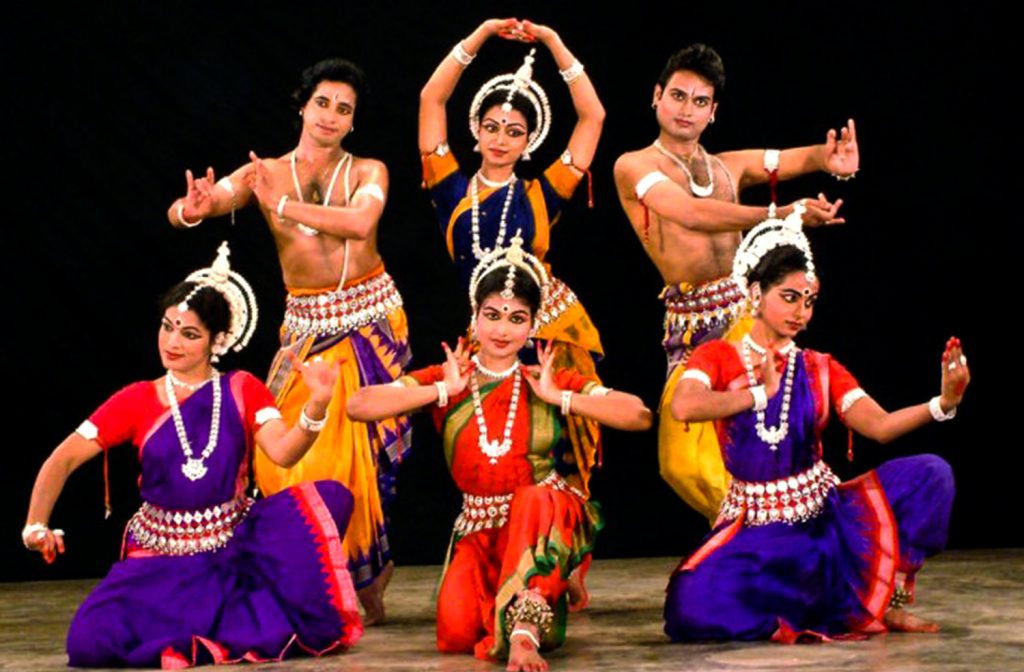 The traditional dance has been derived from the Hindu temples in Odisha. Most of the gestures and movements (Mudras) are inspired by the sculptors and idols belonging to the ancient temples of India. The dance is performed as a way to express the mythological tales of Hindu gods, including that of Shiva and Surya. The dance is accompanied by a mythical story, Hindi poem in the form of music by the musicians. Odissi is considered as the oldest dance forms of India which are surviving till today. Odissi dance is performed mostly by the women dancers, and it includes more than 50 intriguing mudras (body movements).
The traditional dance has been derived from the Hindu temples in Odisha. Most of the gestures and movements (Mudras) are inspired by the sculptors and idols belonging to the ancient temples of India. The dance is performed as a way to express the mythological tales of Hindu gods, including that of Shiva and Surya. The dance is accompanied by a mythical story, Hindi poem in the form of music by the musicians. Odissi is considered as the oldest dance forms of India which are surviving till today. Odissi dance is performed mostly by the women dancers, and it includes more than 50 intriguing mudras (body movements).
7. Bhangra/Gidda
Punjab, North India
SourceBelonging to Punjab, Bhangra is a heart-pumping dance adorned with the loud beats of dhol( traditional Indian instrument). It is very prevalent in traditional Punjabi festivals.
8. Garba
Gujarat, West India
SourceGarba comes from Gujarat which is a traditional dance form dedicated to Goddess Durga.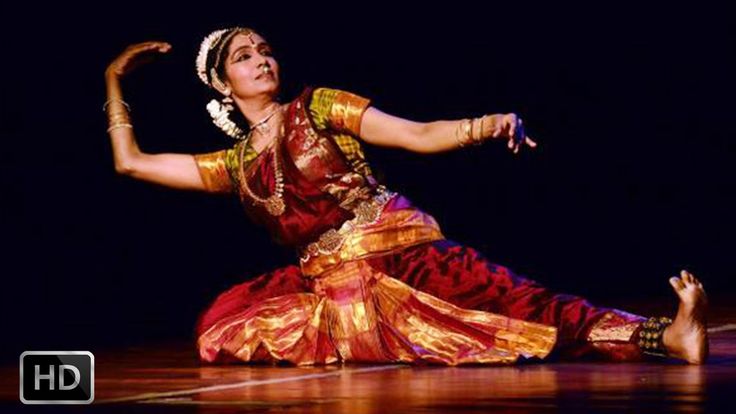 It is performed in a couple on the typical Gujarati music, and the sticks are used to perform this art form.
It is performed in a couple on the typical Gujarati music, and the sticks are used to perform this art form.
9. Rouf
Kashmir, North India
SourcePerformed by the Kashmiri people to celebrate their festivals and important occasions, Rouf is a soothing dance form generally performed by the female dancers on the traditional Kashmiri music.
10. Ghoomar
Rajasthan
SourceWearing heavy jewellery and the beautiful costumes you will find the people of Rajasthan dancing on the beats of music to give away their traditional dance form. Ghoomar includes the intriguing circular movements complemented by the hand gestures.
11. Chhau
Mayurbhanj, Odisha
SourceThe beautiful women dressed in the elegant attire performing the dance form of Chhau is what you see during the festival time in Kolkata. The popular art coming from eastern India is considered as the dance in the form of martial arts.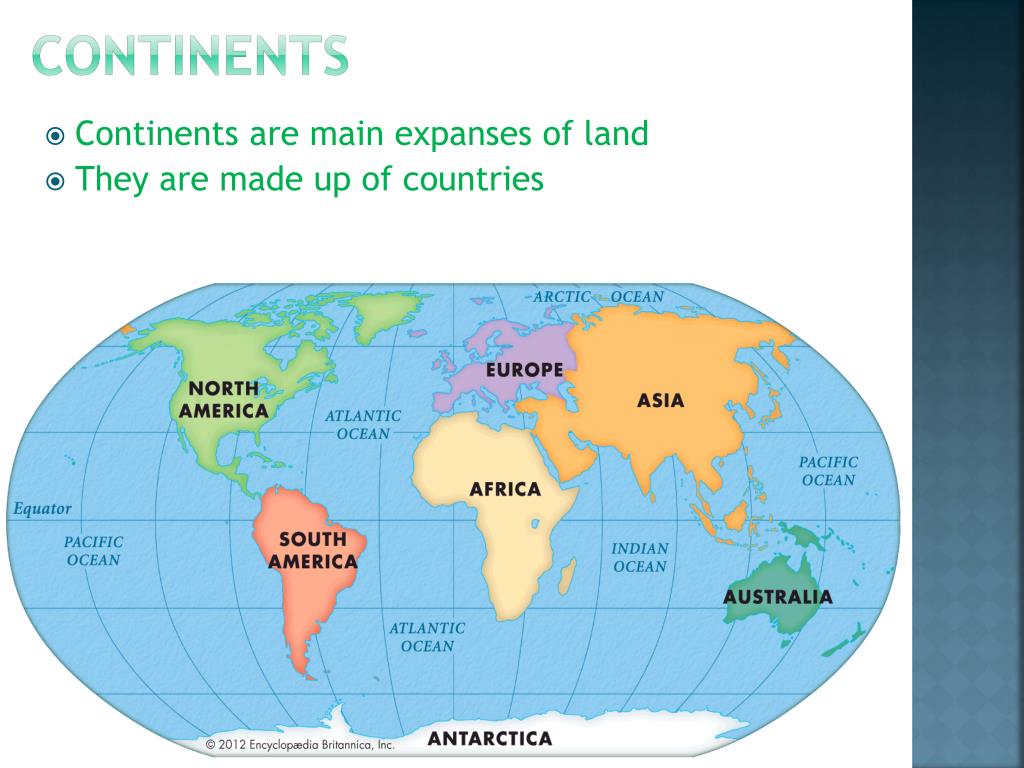
12. Bihu
Assam, North-east India
Source: Wikipedia CommonsYoung men and women mostly perform this joyous folk dance from Assam during the Bihu festival. The dancers follow a pattern of rapid hand movement, quick steps and a rhythmic swaying of hips wearing the traditional Assamese clothing with beautiful accessories. Marking the beginning of spring season, Bihu recites the happiness and heritage of Assam and is performed on the occasion of Rangali Bihu. The dhol, Xutuli, Toka, Baanhi, Gogona are the instruments used to play the traditional tunes for the performance. The origin of Bihu is not very known, although the records profoundly state that it is originated from the Bisu dance performed by communities of Upper Assam like the Sonowal Kacharis, Deoris, Moran, Chutias and Borahis. The dance form isn't just known in India but globally popular. This popular Indian Dance was performed at the London Olympics in 2012.
13.
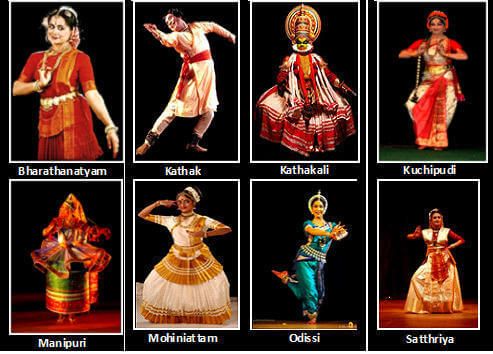 Lavani
LavaniMaharashtra, West India
SourceOriginated from the state of the Maratha empire, Lavani is a dance form of Maharashtra. The female-oriented dance is a blend of traditional music and tales of deities. The origin of Lavani comes from the word Lavanya which means beauty. Apart from helping in the upliftment of the Marathi folk theatre, the dance form was also a morale booster during the war in the 18th century. Lavani has two forms; One that's philosophical - Nirguni Lavani and the other that's sensual- Shringar Lavani. With the powerful and quick foot-tapping tempo, the dance form is performed along with the beats of the Dholak. The stories or subjects this dance is based on revolves around topics of religion, politics, society and mostly romance. Dancers are dressed in nine-yard of saree with golden jewellery. The dance was initially staged at local temples in the form of worship, but now it's a sensual dance performed to the pulsating beats rendering a socio-political satire.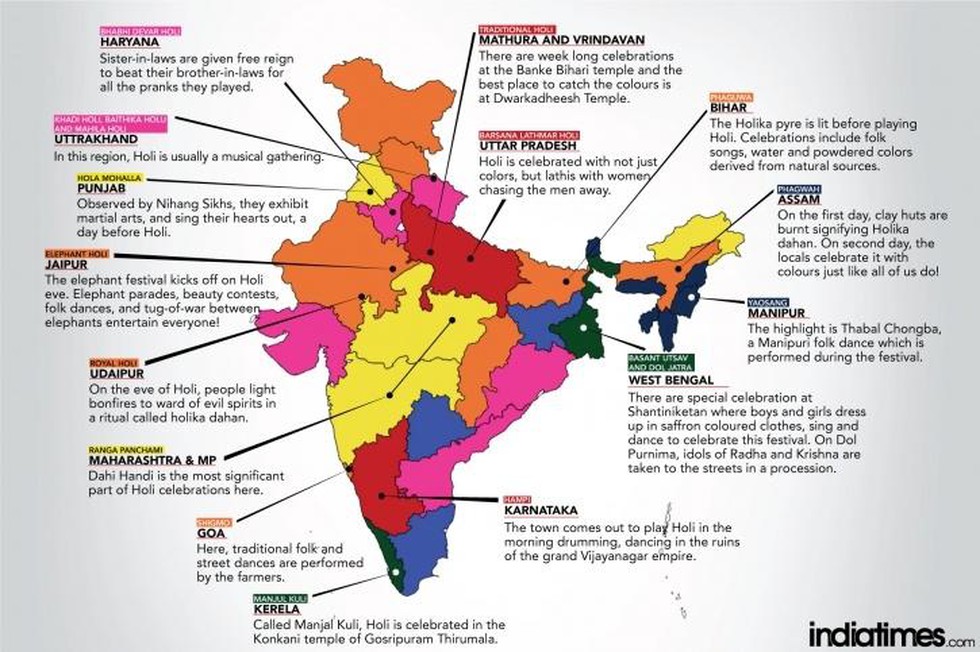
14. Mohiniyattam
Kerala, South India
SourceIn Indian mythology, Mohini is the female avatar of Lord Vishnu, and the meaning of Attam in Malayalam is rhythmic motion hence adhering to the dance of the divine enchantress. It is the second most popular dance form of Kerala. This classical Indian dance form roots from the age-old Sanskrit text - Natya Shastra. It is traditionally performed by women following a repertoire of Carnatic music, singing and acting a play. At times, the song, a typical hybrid of Malayalam and Sanskrit also called Manipravalam, is sung by the performer herself. With a repertoire of instruments such a Mridangam, Madhalam, Flute, Idakka, Veena and Kuzhitalam; the music is rendered in ragas and performed in a slow melodic style. Although the Lasya dance is often portrayed as gentle, graceful and feminine, it also exhibits a vigorous dance of Tandava relating to Lord Shiva. Besides its popularity, the dance was ridiculed by a series of laws as a devadasi prostitution system during the colonial British Raj. A ban that was protested repealed in 1940 and with the help of the locals of Kerala, Mohiniyattam was revived and reconstructed.
A ban that was protested repealed in 1940 and with the help of the locals of Kerala, Mohiniyattam was revived and reconstructed.
15. Sattriya Dance
Assam, North East IndiaSourceMahapurusha Sankaradeva, a Vaishnava saint and reformer of Assam, introduced Sattriya dance in the 15th century AD. This dance form was preserved in the Sattras or the Vaishnava Maths; therefore, it remained a living tradition. This dance was an artistic way of presenting mythological teachings. Traditionally this dance was performed by the male monks or bhokots. However, today, the practice has changed in many ways. The theme is not just related to mythology, and the performances are not limited to the Sattras. Even women can perform Sattriya dance and on the stage.
Origin of Indian Dance Forms
Indian dances can be traced back to ancient times. In the cave paintings of Bhimbetka rock shelters in Madhya Pradesh, one can see dancing figures.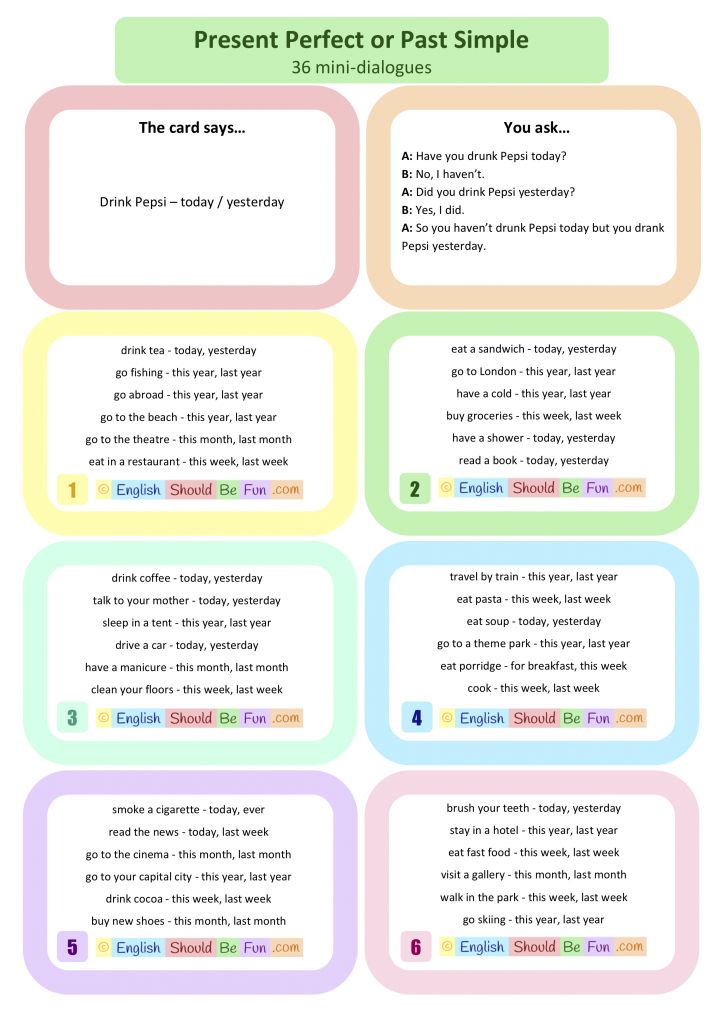 The sculptures that date back to the Indus Valley Civilization also portray dancing figures. The text related to the origin of dance in India can be found in Natya Shastra, which was written by the sage Bharata. This text dates back to the 2nd century AD. In this text, the creation of dance is credited to Lord Brahma, who takes its knowledge from the four Vedas.
The sculptures that date back to the Indus Valley Civilization also portray dancing figures. The text related to the origin of dance in India can be found in Natya Shastra, which was written by the sage Bharata. This text dates back to the 2nd century AD. In this text, the creation of dance is credited to Lord Brahma, who takes its knowledge from the four Vedas.
Other Dance Forms in India & Their States
Andhra Pradesh | Kolattam, Vilasini Natyam, Dhimsa |
Arunachal Pradesh | Aji Lamu, Roppi, Phoning |
Assam | Bagurumba, Ali Ai Ligang |
Bihar | Kajari, Jhumari |
Chhattisgarh | Dandari, Gendi, Panthi, Karma, Damkach |
Goa | Mando, Talgari, Suvari, Dasarawadan, Kunbi, Fugadi |
Gujarat | Raas, Bhavai, Tippani |
Haryana | Gugga, Khoria |
Himachal Pradesh | Kullu Nati, Namgen, Hikat, Chham |
Kashmir | Dumhal, Kud, Bhand Jashan |
Jharkhand | Phagua |
Karnataka | Krishna Parijatha, Nagamandala, Bhootha Aradhane |
Kerala | Kaikottikali, Thumbi Thullal |
Madhya Pradesh | Karma, Gaur Maria, Kaksar, Ahiri |
Maharashtra | Pavri, Dhangari Gaja |
Manipur | Khamba Thoibi, Pung Cholom |
Meghalaya | Khuallam, Nongkrem |
Mizoram | Cheraw, Khuallam |
Nagaland | Changlo-Sua lua |
Odisha | Ghumura, Ruk Mar, Goti Pua |
Punjab | Jhumar |
Rajasthan | Kuccgi ghodi, Kalbelia, Bhavai, Sapera dance |
Sikkim | Singhi Cham, Khukuri, Talachi |
Tamil Nadu | Karagaattam, Mayil Attam, Kolaattam, Kummi, Kavadi |
Tripura | Garia, Hozagiri |
Uttar Pradesh | Raaslila, Charkula |
Uttarakhand | Barada Nati, Chapeli, Langvir |
West Bengal | Gambhira, Kalikapatadi, Domni |
It's downright astonishing to notice how many unique dances of India are hidden within each state of India. With endless varieties of cultural art forms adorned with traditions, dances reflect the cultural richness. Our nation is indeed united in diversity.
Classical Dances of India with States, Indian Classical Dances List
Table of Contents
Classical Dances of India
Classical Dances of India: Technicalities and rigid guidelines are a big part of classical dances.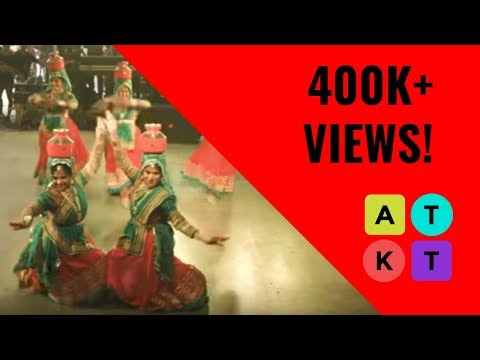 The technical underpinnings of all traditional dance forms are laid down in Acharya Nandikeshawara’s “Abhinaya Darpan,” Sharangdev’s “Sangeeth Ratnakar,” and the Natya Shastra (which includes their body movements, rasa, bhava etc). According to India’s Ministry of Culture, there are nine recognised classical dances. Dance is first mentioned in a well-known work in Bharat Muni’s book Natya Shastra. Folk and classical dances are just two of the many types of dance practised in India.
The technical underpinnings of all traditional dance forms are laid down in Acharya Nandikeshawara’s “Abhinaya Darpan,” Sharangdev’s “Sangeeth Ratnakar,” and the Natya Shastra (which includes their body movements, rasa, bhava etc). According to India’s Ministry of Culture, there are nine recognised classical dances. Dance is first mentioned in a well-known work in Bharat Muni’s book Natya Shastra. Folk and classical dances are just two of the many types of dance practised in India.
List of President of India
List of Classical Dances of India
Here is the List of Classical Dances of India:
| S.No | Name of Classical Dance | Place of Classical Dance |
| 1 | Bharatanatyam | Tamil Nadu |
| 2 | Kathak | Northern India |
| 3 | Kathakali | Kerala |
| 4 | Kuchipudi | Andhra Pradesh |
| 5 | Manipuri | Manipur |
| 6 | Mohiniyattam | Kerala |
| 7 | Odissi | Odisha |
| 8 | Sattriya | Assam |
States and Capitals of India
Classical Dances of India with States
| Dance Forms | Location | Significance |
| Bharatanatyam | Tamil Nadu |
|
| Kuchipudi | Andhra Pradesh |
|
| Kathakali | Kerala |
|
| Mohiniyattam | Kerala |
|
| Odissi | Odisha |
|
| Manipuri | Manipur |
|
| Sattriya | Assam |
|
| Kathak | Uttar Pradesh |
|
List of Prime Minister of India
Famous Classical Dancer in India
| Dancer | Dance |
| Rukmini Devi Arundale
| Bharatnatyam
|
| Pandit Birju Maharaj
| Kathak
|
| Uday Shankar
| Fusion
|
| Kelucharan Mohapatra
| Odissi
|
| Guru Bipin Singh
| Manipuri
|
| Guru Vempati Chinna Satyam
| Kuchipudi
|
| Padma Subrahmanyam
| Bharatnatyam
|
| Shovana Narayan | Kathak
|
List of President of India
Classical Dances of India Components
From the musical play or sangeet-nataka performed from the 12th to the 19th century, contemporary classical dance styles have developed.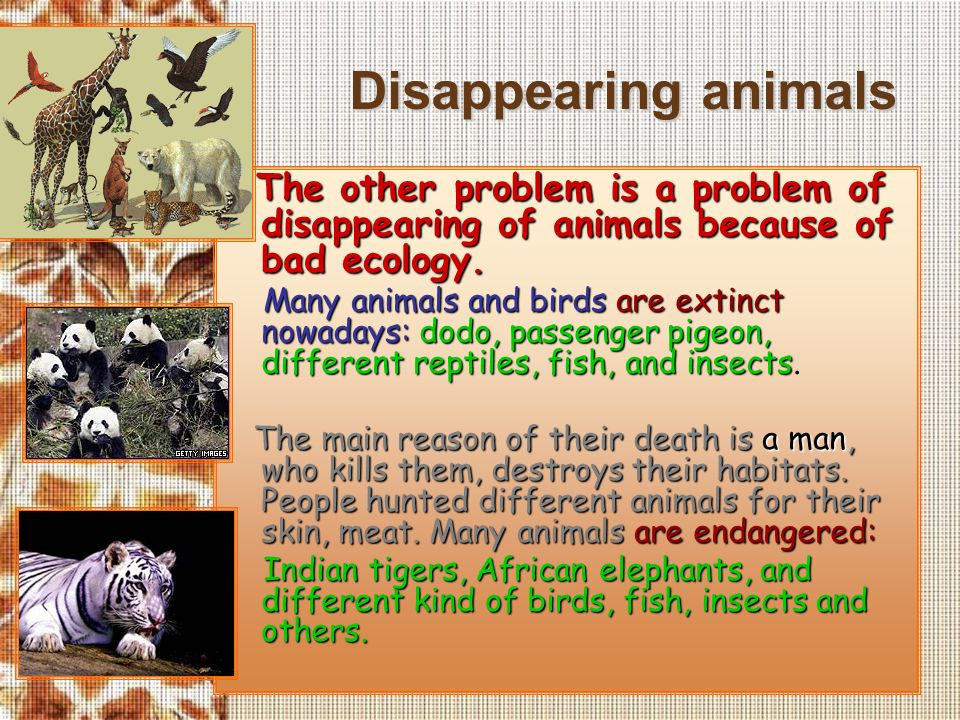 Tandava (movement and rhythm) and Lasya are the two fundamental elements of Indian classical dance (grace, bhava & rasa). The three primary elements are-
Tandava (movement and rhythm) and Lasya are the two fundamental elements of Indian classical dance (grace, bhava & rasa). The three primary elements are-
- Natya (the dramatic element of the dance i.e. the imitation of characters)
- The Nritta (the dance movements in their basic form)
- Nritya (expressional component i.e. mudras or gestures)
These are the nine rasas: love, heroism, pathos, humour, anger, fear, disgust, wonder, and peace. The Natya Shastra, authored by Bharat Muni, is the primary work used by Indian aestheticians to define the features of dance.
National Symbols of India
Classical Dances of India UPSC
The Ministry of Culture also recognises Chhau Dance as a classical dance of India, bringing the total number of classical dances in India to nine. Sangeet Natak Academy (India’s National Academy) only recognises eight of these dances.
Several crucial aspects of chhau dance are as follows:
- The Chhau Dance has meaning because to the name “Chaya.
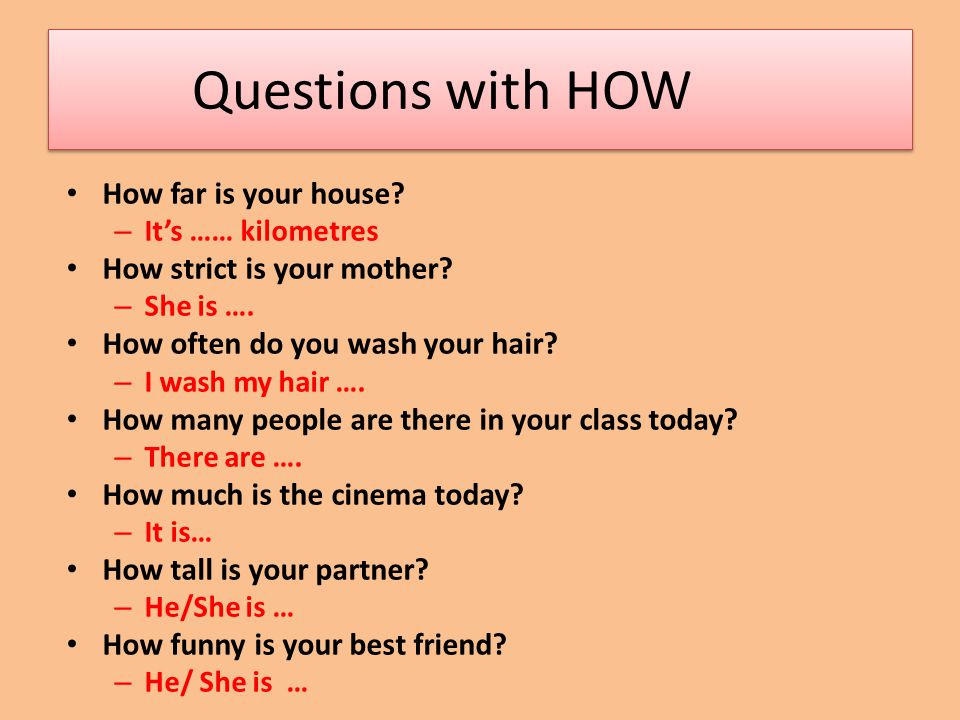 ” Chaya is Hebrew for shadow
” Chaya is Hebrew for shadow - Chhau dance is identified as a mask dance.
- An essential component of Chhau Dance is its energetic martial art moves.
- Chhau Dance uses a number of narrations, including Serpent Dance and Peacock Dance.
- The Chhau Dance comes in three varieties: The Chhau dance known as Saraikella is well-known in Jharkhand, as is the Chhau dance known as Mayurbhanj in Odisha, and the Chhau dance known as Purulia in West Bengal.
- Masks are not used in Mayurbhanj Chhau Dance.
- The Chhau Dance was added to the Representative List of Intangible Cultural Heritage of Humanity maintained by UNESCO.
Tiger Reserves in India
Classical Dances of India FAQs
Q) What are the 8 main classical dances of India?
Ans. Bharatanatyam, Kathak, Kuchipudi, Odissi, Kathakali, Sattriya, Manipuri, and Mohiniyattam are the eight dance forms that the Sangeet Natak Academy acknowledges. Chhau, Yakshagana, and Bhagavata Mela have also been added to the list by scholars like Drid Williams.
Chhau, Yakshagana, and Bhagavata Mela have also been added to the list by scholars like Drid Williams.
Q) What are the 8 classical dances of India with states?
Ans. 8 classical dances of India are:
- Tamil Nadu: Bharatanatyam
- Northern India: Kathak
- Kerala: Kathakali
- Andhrapradesh: Kuchipudi
- Manipur: Manipuri
- Kerala: Mohiniyattam
- Odissi: Odisha
- Sattriya: Assam
Q) How many classical dances are in India?
Ans. There are eight classical dances in India
Q) What are the six classical dance of India?
Ans. Six classical dance of India are:
- Bharatanatyam
- Kathakali
- Kathak
- Manipuri
- Kuchipudi
- Odissi
Q) Which classical dance is best?
Ans. The best classical dance, commonly referred to as the “mother of all other classical dance styles,” is known as Bharatanatyam.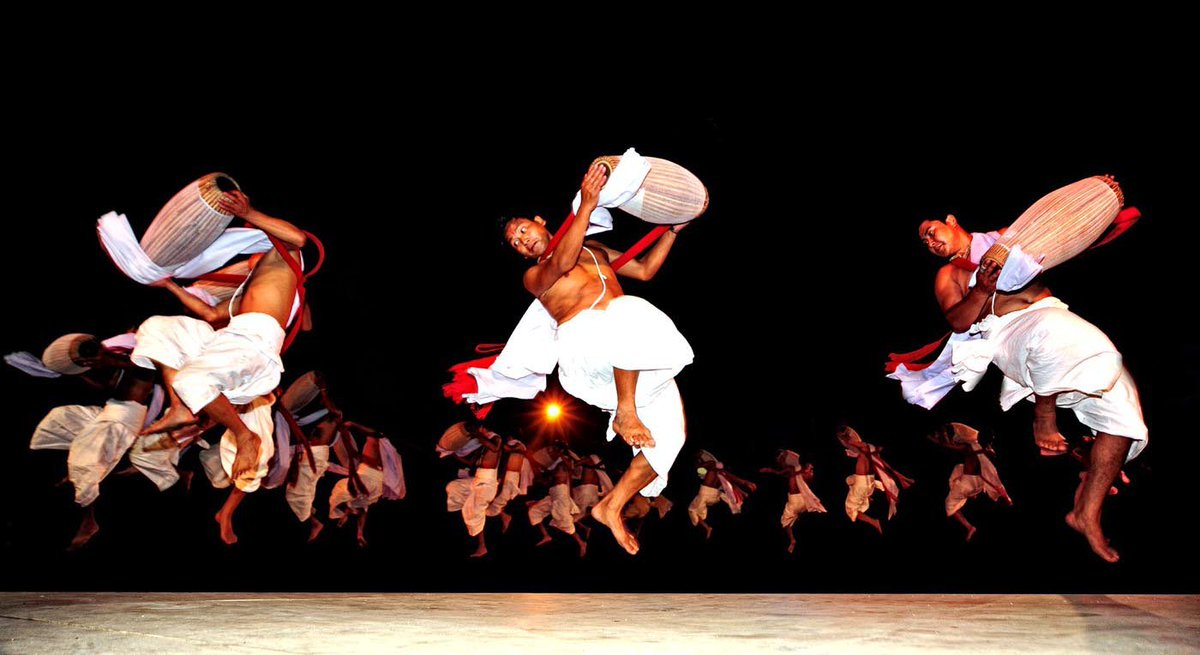 It is also one of the oldest dance forms in India, having descended from Tamil Nadu’s temple dancers. Expressions, music, beat, and rhythm are all combined in the dance in its purest form.
It is also one of the oldest dance forms in India, having descended from Tamil Nadu’s temple dancers. Expressions, music, beat, and rhythm are all combined in the dance in its purest form.
- Quit India Movement
- Chauri Chaura Incident
- Jallianwala Bagh Massacre
- Green Revolution in India
- Non-Cooperation Movement
Famous Personalities Biography
Sharing is caring!
15
shares
Indian dances: what are they? Bharatanatyam | The world around us
There are dances that are among the oldest in the world, these are Indian classical dances. They are usually divided into styles, traditionally subdivided into eight main ones.
There are dances where every movement of a finger, every movement of an eyebrow, not to mention arms and legs, is all geometrically verified and of great importance.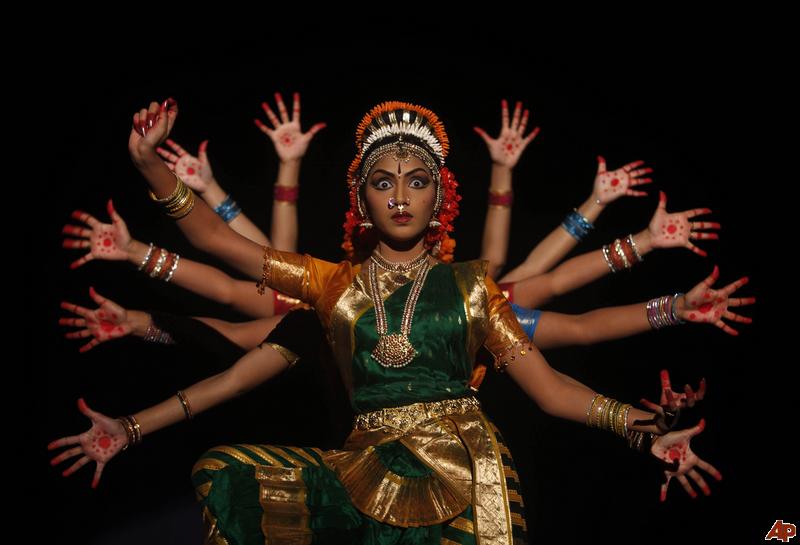 First of all, because these dances have a sacred character. Facial expressions and gestures, an impeccable sequence of poses and a dance pattern - everything is strictly defined and subject to the plot.
First of all, because these dances have a sacred character. Facial expressions and gestures, an impeccable sequence of poses and a dance pattern - everything is strictly defined and subject to the plot.
These dances include all the classical dances of India, and perhaps the most famous of them is Bharatanatyam (sometimes written separately: Bharata Natyam). It translates as “feelings-music-rhythm-dance-theater”, all together, such a multifaceted art form. And all the classical dances of India are considered somehow connected with yoga, as well as with ancient Hindu symbols, historical legends.
In India, in the south of the country in Tamil Nadu, in one of the main "chakras of the world", as they sometimes say, there is a city with a temple complex - Chidambaram , it is also the city of the dancing god, it is there that Shiva dances his space dance.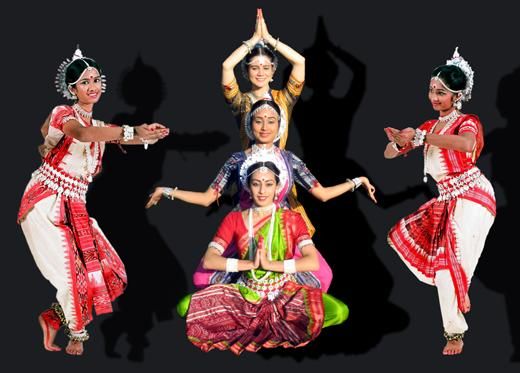 Pilgrims flock to Chidambaram, tourists visit, sacred festivals are held there all year round, and you can talk about it endlessly (you can watch the video in the comments).
Pilgrims flock to Chidambaram, tourists visit, sacred festivals are held there all year round, and you can talk about it endlessly (you can watch the video in the comments).
The Bharatanatyam dance is associated with this temple complex. The dance originates from there and is inspired by the sculptures of the temples. And vice versa, many sculptures have incorporated elements of the most ancient dance culture.
In addition to the gods, demigoddesses can also be seen. These are the apsaras, the celestial dancers. Figurines and bas-reliefs of Apsaras can be seen throughout Indochina. Apsaras danced, often seduced ascetics, and were the wives or lovers of the Gandharvas - demigods, singers and musicians. Sometimes Apsaras and Gandharvas are compared with ancient Greek nymphs and centaurs. In India itself, there has always been a deep connection between different types of art - music, poetry and literature, dance, drama, painting, sculpture. And that deep connection continues to this day.
In India itself, there has always been a deep connection between different types of art - music, poetry and literature, dance, drama, painting, sculpture. And that deep connection continues to this day.
The Bharatanatyam dance itself is given a certain age - 5000 years. The south of India turned out to be a reserve for dance, thousands of years of tradition remained intact. It is difficult to judge the age of the dance, but its figures are described in the oldest Tamil treatises. Temple dancers danced - devadasi - "God's slaves", Western tradition gave them the name "bayadere" (from Portuguese - dancer). Devadasis served in temples, performed the prescribed rituals, and danced. There was often a sexual aspect to the life and work of the temple dancers, but the sacred dance remained a sacred dance—it was a divine dance in the truest sense of the word. (The Devadasi system was abolished in India only in 1988 year.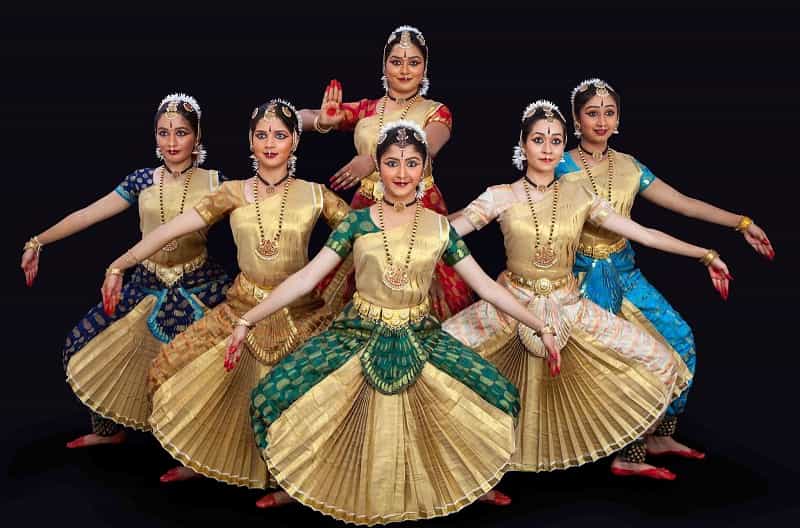 However, the government is aware that the devadasis have not disappeared, although their role has changed somewhat).
However, the government is aware that the devadasis have not disappeared, although their role has changed somewhat).
So, a girl is dancing, most often solo. In other cultures and traditions, men may also dance. This dance can also be regarded as a dance of fire. The movements themselves often resemble dancing flames - a celebration of the universe through a celebration of the beauty of the material human body. The whole universe is the dance of the supreme dancer Nataraja, that is, the Hindu god Shiva. After all, it was the supreme deity who transferred the ability to this dance to people.
It is said that there are no more than two hundred skilled performers of this dance all over the world. Those who understand this dance are also few, because you need to know the meaning of each gesture. Nevertheless, there are also enough people who want to learn the basics of this dance, no longer in a sacred, religious sense, not in the glorification of the dancing Shiva, but in the “pure” form of an ancient, beautiful (albeit exotic for a European) dance. In popular culture, Bharatanatyam has already been widely adapted in both film and television programs around the world.
Nevertheless, there are also enough people who want to learn the basics of this dance, no longer in a sacred, religious sense, not in the glorification of the dancing Shiva, but in the “pure” form of an ancient, beautiful (albeit exotic for a European) dance. In popular culture, Bharatanatyam has already been widely adapted in both film and television programs around the world.
There are a lot of people who want to join the "revival" of classical Indian dances. There are academic and commercial institutions in different countries, the training takes several years. Nevertheless, the popularity of the ancient Indian dance is growing. Moreover, there is also a "pure dance" - the so-called nritta - abstract, but coordinated movements, dance as such , without a clear designation of the plot.
And it's not easy to dance.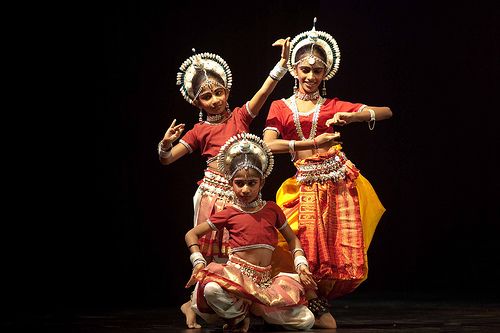 Among other things, you need to learn a huge number of movements and understand their meaning. Learn to express feelings “in Indian way” (love, joy, peace, sadness, fear and surprise, anger and even heroism). You need to learn how to convey these feelings not only with the help of choreography, but also filigree and subtly - through "small" movements of the head, neck, eyebrows and eyes (only the latter can be from 8 to 36). After all, Bharatanatyam is both pantomime and theater at the same time. You need to learn every hand movement (and they represent completely different), combinations of leg movements, you need to hear the music and understand the terms in Tamil and Sanskrit (and these terms cannot be simply interpreted). Lots of stuff needed...
Among other things, you need to learn a huge number of movements and understand their meaning. Learn to express feelings “in Indian way” (love, joy, peace, sadness, fear and surprise, anger and even heroism). You need to learn how to convey these feelings not only with the help of choreography, but also filigree and subtly - through "small" movements of the head, neck, eyebrows and eyes (only the latter can be from 8 to 36). After all, Bharatanatyam is both pantomime and theater at the same time. You need to learn every hand movement (and they represent completely different), combinations of leg movements, you need to hear the music and understand the terms in Tamil and Sanskrit (and these terms cannot be simply interpreted). Lots of stuff needed...
Of course, it is not necessary for all of us to urgently learn classical Indian dances. Although, for fun, you can learn a couple of gestures or movements and one day express your feelings "in Indian style. " Say, husband or lover. The same love, joy, peace, sadness, fear and surprise, anger and even heroism. No, admiration is better. We'll see how it goes.
" Say, husband or lover. The same love, joy, peace, sadness, fear and surprise, anger and even heroism. No, admiration is better. We'll see how it goes.
And if we don't learn how to dance Bharatanatyam, nothing bad will happen to us. We would like to restore our own somehow. But at least there is hope that Indian dances themselves will no longer seem meaningless to us. They are very meaningful: not only every “phrase of the body”, but even the look of a dancer (dancer) tells a connoisseur a lot.
To be continued…
Tags: traditions, India, art, dancing, culture, history
Indian dances - why does everyone dance in India?
Knowledge of magical Scandinavian runes - whispers of the ancients
Contents: Ancient Scandinavian runes - what .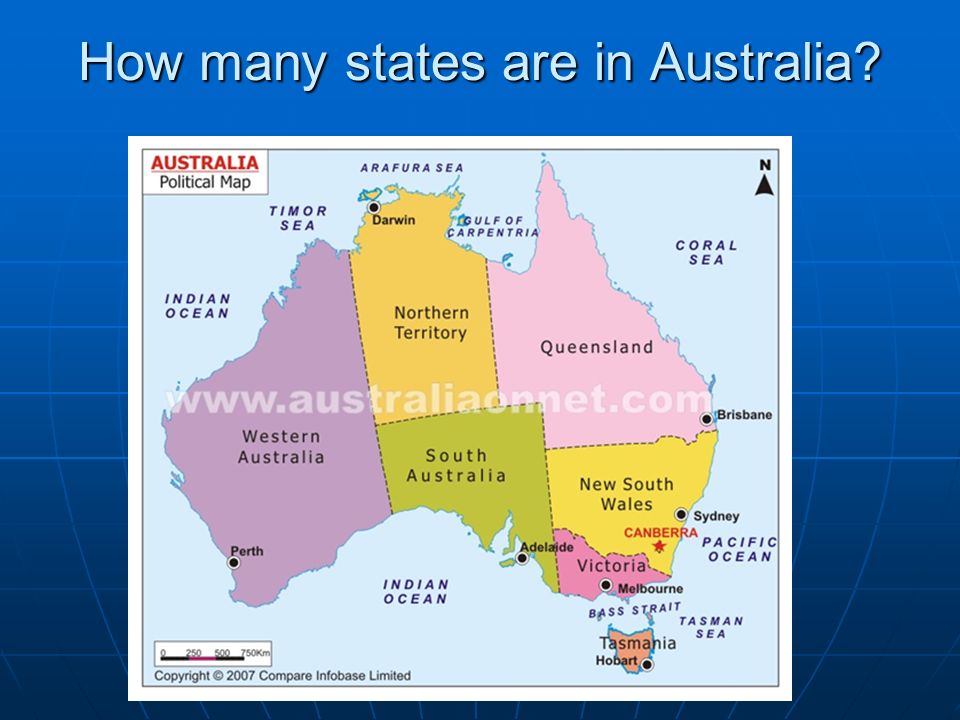 .
.
2022-11-29 29
Medieval Europe - TOP 7 incredible castles that..
Contents: Neuschwanstein Castle, Germany Castle..
2022-11-27 1 23
Sweatshirts, for which you want to break the formal..
Contents: Interesting facts about the kangaroo and the jacket with..
2022-11-24 66
2018-07-09
Liked 6 Hits 6839
Contents:
Why is everyone dancing in India?
The Variety of Indian Dance
What makes up dance in India?
Meanings of dance steps
The most important element of dance in India
If you ask any person which country has the most temperamental inhabitants, he will name Italy. The most romantic, of course, are the French. Where do they dance the most? Of course, in India.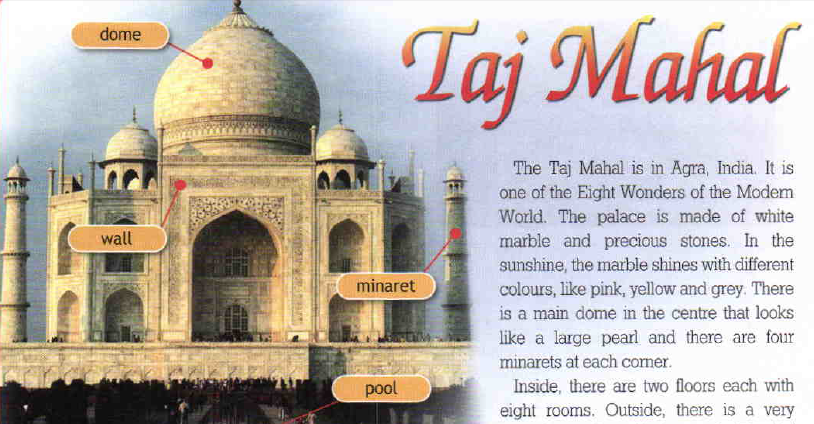 Indian dances are both a colorful performance, a story with a plot, and a way of communication.
Indian dances are both a colorful performance, a story with a plot, and a way of communication.
Everyone dances in Indian films - heroes, villains, extras, and, probably, a cameraman
The question "Why does everyone dance in India?" evokes a constant smile among the Indians themselves and a lot of different answers. The most common - "This is such a language of communication." Indeed, thousands of gestures, each of which means something, are capable of conveying thoughts and feelings, telling a story. This is especially valuable, given that there are a lot of languages and dialects in India, and people from neighboring regions often do not understand each other.
.
Indian students. Either they have already passed the exam, or they still answer
Another version is a cinematic one. Many beloved Indian films are announced in a special way. A music video is shot for the soundtrack, which becomes the trailer for the film. And finally, the reason is religious. How many centuries the performance of rituals in Indian temples is accompanied by temple dances is difficult to calculate. what can I say, if among the Indians God himself dances!
And finally, the reason is religious. How many centuries the performance of rituals in Indian temples is accompanied by temple dances is difficult to calculate. what can I say, if among the Indians God himself dances!
Casting - role only through dance
There have been many types of dance in India during its centuries-old history. Let's try to identify the main categories in which it will be easier for an unprepared person to navigate.
Indian dances are divided into two large groups: ekaharya - when the dancer is alone, and anekaharya, performed by a group. The following is the semantic division of Indian dance:
- nritta - an ordinary dance that gives aesthetic pleasure with the rhythm and abilities of the dancer
- nritya - originates in the religious rites of India, its purpose is to convey an idea
- natya - a complex multi-component dance that tells a story through the movement of dancers
Dancing in India is an additional language, the words and letters of which are pronounced by the body of the dancer, and in this language the smallest details are of great importance. The performance itself can be compared to the erection of a building - first a foundation is created, which is gradually overgrown with windows, stucco and small details of decor.
The performance itself can be compared to the erection of a building - first a foundation is created, which is gradually overgrown with windows, stucco and small details of decor.
Surprising coordination of movements
The frame of Indian story dance is called angahara, and it consists of a certain set of karanas. In India, 108 postures of Shiva are called Karanas. This amount is enough to create the basis of any story.
Tandava-nritya - a sacred dance for Hindus
Next, the dancer reveals the details and emphasizes with the help of various hand and finger gestures - hast and mudra, respectively. Using mudras, the dancer can show objects, actions, emotions, and even abstract concepts. The vocabulary of gestures is so extensive that it has more than 500 different notations.
Dance is the shortest path to God if the dancer experiences bliss
In addition to choreography, abhinaya is of great importance in Indian dance - the artist's ability to act out emotions and events with his face, head and neck.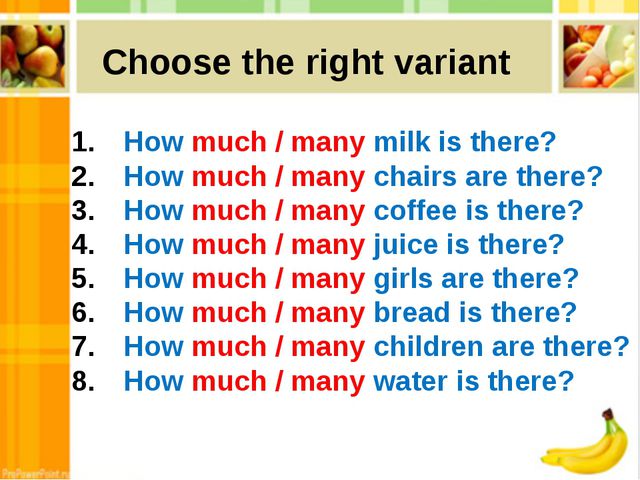 There are dozens of time-tested movements and facial expressions that express various emotions and states of the Indian dancer.
There are dozens of time-tested movements and facial expressions that express various emotions and states of the Indian dancer.
Traditional North Indian Masala Bhangra is one of the top 5 fitness programs in the US
For example, raised eyebrows and side to side eye movements signify love. You have probably seen this gesture, along with the movement of the neck to the sides, in Indian romantic films in a scene where a dance is shown during courtship or acquaintance of lovers.
Contemporary Indians dance with local flavors
Here are some of the moves often used in Indian dance:
- a motionless head means coldness and arrogance
- moving the head in a circle expresses spiritual throwing
- tilting the head to the side indicates love
- a determined look in front of him is characteristic of heroes
- furrowed eyebrows, as you might guess, express anger or distrust
- raised eyebrows symbolize curiosity
- one arched eyebrow can mean both pleasure and happiness, and longing, depending on other gestures of the dancer
- rocking the neck back and forth symbolizes the conversation between the characters
Indian dance - freedom of body, mind and soul
And this is only a tiny part of all the existing components of the Indian story without words.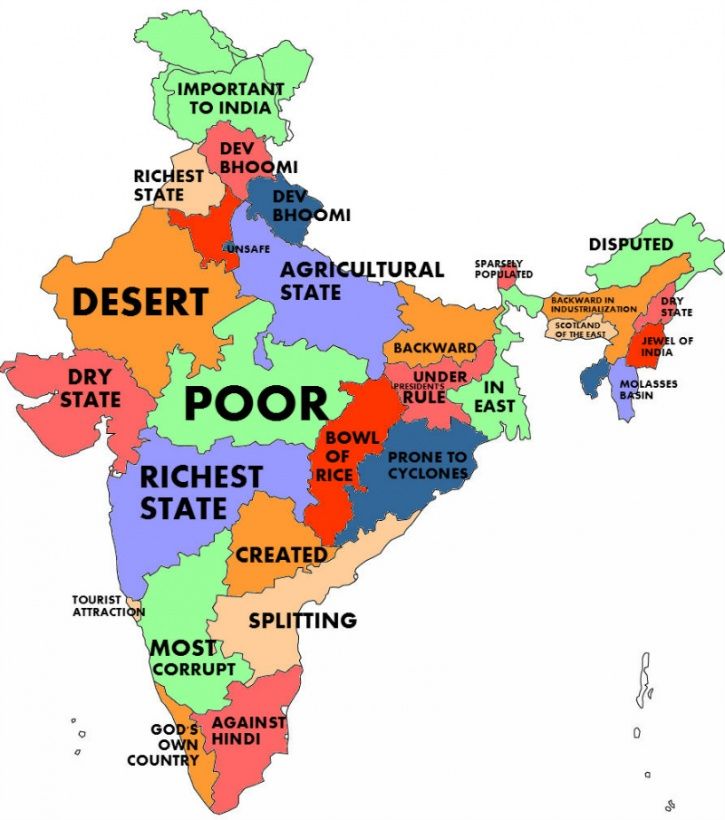 Residents of India see dance performances from early childhood, so they perfectly understand body language. And for a viewer outside of India, the words of the dance are duplicated by words, so there was such a characteristic feature of Indian cinema as obligatory musical inserts with songs.
Residents of India see dance performances from early childhood, so they perfectly understand body language. And for a viewer outside of India, the words of the dance are duplicated by words, so there was such a characteristic feature of Indian cinema as obligatory musical inserts with songs.
Even John Travolta couldn't resist
Clothes and jewelry for the dance are also not chosen by chance. A dancer's costume should emphasize his movements, not hide them, so Indian actors wear bracelets, pendants and other jewelry on stage. The color scheme and style of the costume must necessarily correspond to the character and feelings of the hero. Agree, it will be strange to see a heartbroken widow in festive clothes or a warrior going into battle in a dressing gown for relaxation.
The origins of Arabic dances are in India
It becomes clear that body language in India is a complex multicomponent formula that tells a story without a single word. The slightest mistake or carelessness in the movement of the brush is unacceptable for an Indian dancer - this can distort the narrative or even completely distort the meaning.
And modern Indian dances tell about the eternal
But besides the technical part, which can be brought to perfection with the help of hard training and thousands of repetitions, the talent of the dancer is no less important. The best dancers of India, as well as theater actors, get used to the role so deeply that the viewer is immersed in the story and begins to truly empathize with the characters. This state of participation in Indian dance is called 'rasa'. Dancers who are able to embody it are considered to have reached the pinnacle of skill and are loved by all the inhabitants of India.
Everyone dances in India. Even children
Having learned today about the versatility and depth of Indian dances, try an experiment. Turn on a dance scene from any Indian film, turning off the sound, and try to understand from the movements of the dancers what they are telling the viewer about. Surely you will notice a lot of new details and important details that you missed before, and maybe even see the story from a new side.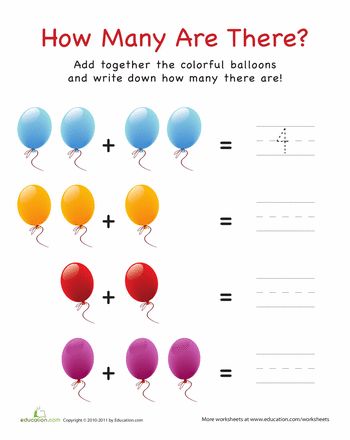 Because in Indian dance, sometimes one fleeting glance can tell more than six hundred words.
Because in Indian dance, sometimes one fleeting glance can tell more than six hundred words.
Shiva is the Hindu absolute deity who performs the functions of both creation and destruction. His tandava dance maintains the cosmic rhythm of the creation process.
Hastas - in Indian dances, hand gestures, as well as numerous canonical movements of the eyes, neck, head and other parts of the body.
all articles
Indian bedspreads Designer clothing for yoga Author's fluorescent canvases Visionary Art Ethnic jewelry from India
Leave a comment / Ask a question
0 comments
See also
Vaishya caste in India: Varna of merchants reveals secrets
Contents: Origin of Vaishya Varna How are they different from other varnas..
2020-03-24 1 2995
The sacred meaning of the number 108. Who honors these numbers and why?
Contents: The number 108 in the religions of the world 9facts about the sacred number 108. .
.
2021-09-26 6 2147
Language of India. Interesting facts for tourists
Contents: Curious statistics Official languages of India, language..
2017-09-03 6 4131
Consciousness and the brain - the point of intersection of science and religion
Contents: New Ways of Collaboration in the Study of Consciousness Who studies..
2018-02-06 10 1139
Latest news about Nibiru 2019: August in anticipation of the end..
Contents: Planet or asteroid? Everything is ambiguous Attention! News!..
2019-08-07 4 3932
Loneliness - good or bad? Who suffers, and who in..
Contents: Social loneliness: who most often hides behind a curtain?..
2021-07-22 2 318
New arrivals and private sales
for subscribers and regular customers
Only useful and timely information no more than once a week
Thank you for subscribing Subscribe
Contents:
Why is everyone dancing in India?
The Variety of Indian Dance
What makes up dance in India?
Meanings of dance steps
The most important element of dance in India
If you ask any person which country's inhabitants are the most temperamental, he will name Italy. The most romantic, of course, are the French. Where do they dance the most? Of course, in India. Indian dances are both a colorful performance, a story with a plot, and a way of communication.
The most romantic, of course, are the French. Where do they dance the most? Of course, in India. Indian dances are both a colorful performance, a story with a plot, and a way of communication.
Everyone dances in Indian films - heroes, villains, extras, and, probably, a cameraman
Question "Why is everyone dancing in India?" evokes a constant smile among the Indians themselves and a lot of different answers. The most common - "This is such a language of communication." Indeed, thousands of gestures, each of which means something, are capable of conveying thoughts and feelings, telling a story. This is especially valuable, given that there are a lot of languages and dialects in India, and people from neighboring regions often do not understand each other.
.Indian female students. Either they have already passed the exam, or they still answer
Another cinematic version. Many beloved Indian films are announced in a special way. A music video is shot for the soundtrack, which becomes the trailer for the film.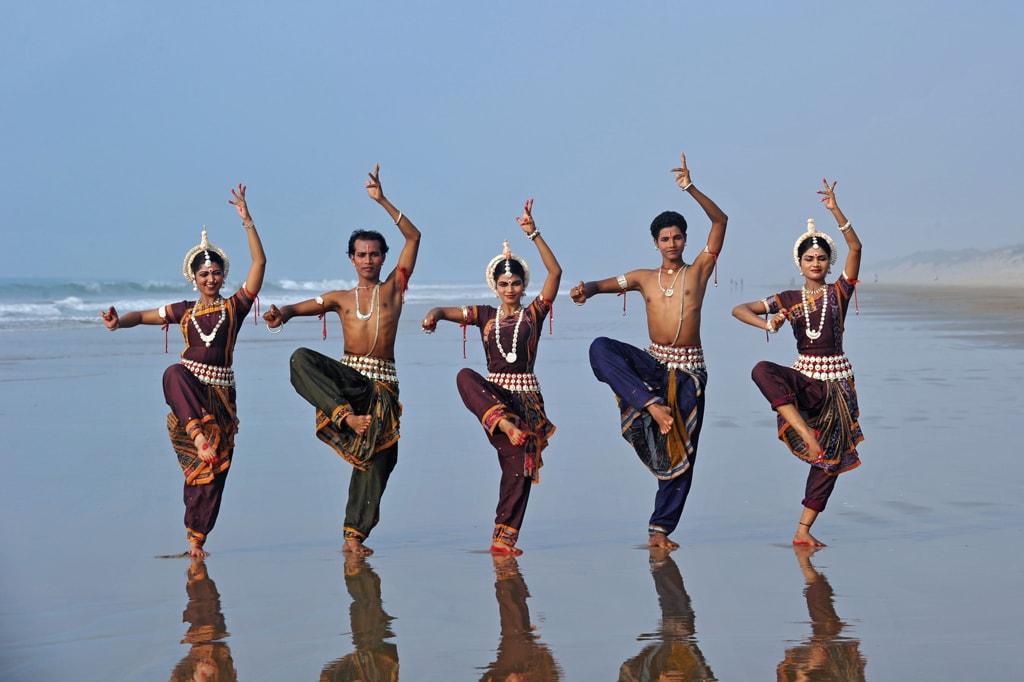 And finally, the reason is religious. How many centuries the performance of rituals in Indian temples is accompanied by temple dances is difficult to calculate. what can I say, if among the Indians God himself dances!
And finally, the reason is religious. How many centuries the performance of rituals in Indian temples is accompanied by temple dances is difficult to calculate. what can I say, if among the Indians God himself dances!
Casting - role only through dance
There have been many types of dance in India during its centuries-old history. Let's try to identify the main categories in which it will be easier for an unprepared person to navigate.
Indian dances are divided into two large groups: ekaharya - when the dancer is alone, and anekaharya, performed by a group. The following is the semantic division of Indian dance:
- nritta - ordinary dance, giving aesthetic pleasure to the rhythm and ability of the dancer
- nritya - originates in the religious rites of India, its purpose is to convey an idea
- natya - a complex multi-component dance that tells a story through the movement of dancers
Dancing in India is an additional language, the words and letters of which are pronounced by the body of the dancer, and in this language the smallest details are of great importance. The performance itself can be compared to the erection of a building - first a foundation is created, which is gradually overgrown with windows, stucco and small details of decor.
The performance itself can be compared to the erection of a building - first a foundation is created, which is gradually overgrown with windows, stucco and small details of decor.
Amazing coordination of movements
The frame of Indian story dance is called angahara, and it consists of a certain set of karanas. In India, 108 postures of Shiva are called Karanas. This amount is enough to create the basis of any story.
Tandava-nritya - a sacred dance for Hindus
Next, the dancer reveals the details and places emphasis with the help of various hand and finger gestures - hast and mudra, respectively. Using mudras, the dancer can show objects, actions, emotions, and even abstract concepts. The vocabulary of gestures is so extensive that it has more than 500 different notations.
Dancing is the shortest way to God if the dancer experiences bliss
In addition to choreography in Indian dance, abhinaya is of great importance - the artist's ability to act out emotions and events with his face, head and neck.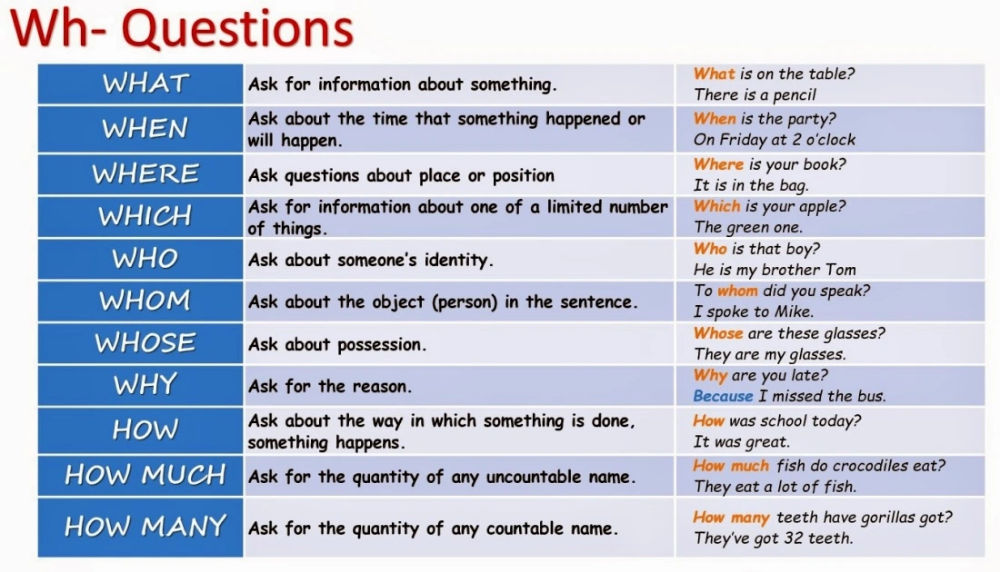 There are dozens of time-tested movements and facial expressions that express various emotions and states of the Indian dancer.
There are dozens of time-tested movements and facial expressions that express various emotions and states of the Indian dancer.
Traditional North Indian Masala Bhangra ranked among the top 5 fitness programs in the USA
For example, raised eyebrows and side to side eye movements signify love. You have probably seen this gesture, along with the movement of the neck to the sides, in Indian romantic films in a scene where a dance is shown during courtship or acquaintance of lovers.
Contemporary in India dancing with local flavor
Here are some of the moves commonly used in Indian dance:
- a motionless head means coldness and arrogance
- moving the head in a circle expresses spiritual throwing
- tilting the head to the side indicates love
- a determined look in front of him is characteristic of heroes
- furrowed eyebrows, as you might guess, express anger or distrust
- raised eyebrows symbolize curiosity
- one arched eyebrow can mean both pleasure and happiness, and longing, depending on other gestures of the dancer
- rocking the neck back and forth symbolizes the conversation between the characters
Indian dance - freedom of body, mind and soul
And this is only a tiny part of all the existing components of the Indian story without words. Residents of India see dance performances from early childhood, so they perfectly understand body language. And for a viewer outside of India, the words of the dance are duplicated by words, so there was such a characteristic feature of Indian cinema as obligatory musical inserts with songs.
Residents of India see dance performances from early childhood, so they perfectly understand body language. And for a viewer outside of India, the words of the dance are duplicated by words, so there was such a characteristic feature of Indian cinema as obligatory musical inserts with songs.
Even John Travolta couldn't resist
Clothing and decorations for the dance are also not chosen by chance. A dancer's costume should emphasize his movements, not hide them, so Indian actors wear bracelets, pendants and other jewelry on stage. The color scheme and style of the costume must necessarily correspond to the character and feelings of the hero. Agree, it will be strange to see a heartbroken widow in festive clothes or a warrior going into battle in a dressing gown for relaxation.
The origins of Arabic dances are in India
It becomes clear: body language in India is a complex multicomponent formula that tells a story without a single word. The slightest mistake or carelessness in the movement of the brush is unacceptable for an Indian dancer - this can distort the narrative or even completely distort the meaning.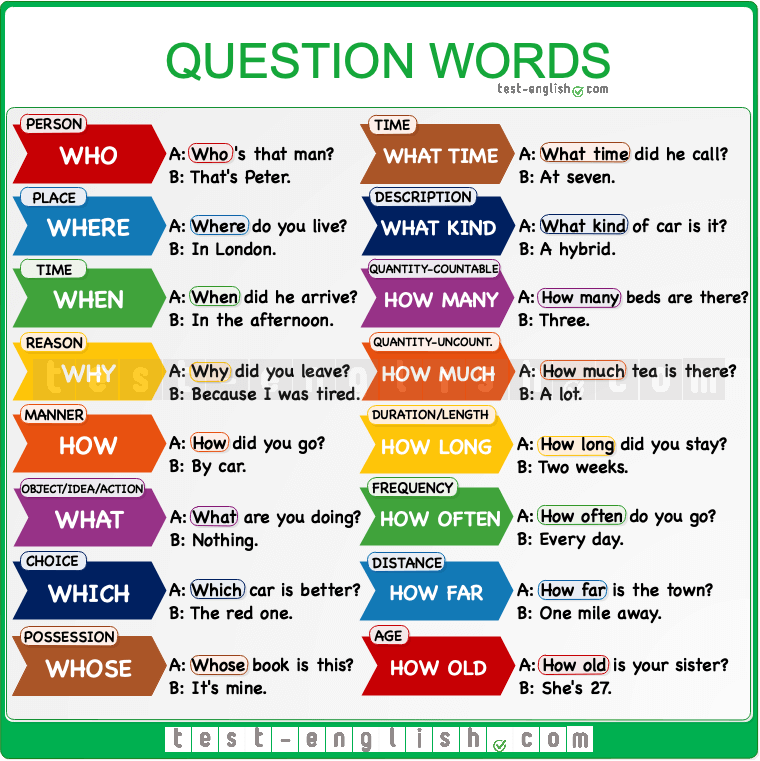
And modern Indian dances tell about the eternal
But besides the technical part, which can be brought to perfection with the help of hard training and thousands of repetitions, the talent of the dancer is no less important. The best dancers of India, as well as theater actors, get used to the role so deeply that the viewer is immersed in the story and begins to truly empathize with the characters. This state of participation in Indian dance is called 'rasa'. Dancers who are able to embody it are considered to have reached the pinnacle of skill and are loved by all the inhabitants of India.
Everyone dances in India. Even children
Having learned today about the versatility and depth of Indian dances, try an experiment. Turn on a dance scene from any Indian film, turning off the sound, and try to understand from the movements of the dancers what they are telling the viewer about. Surely you will notice a lot of new details and important details that you missed before, and maybe even see the story from a new side.